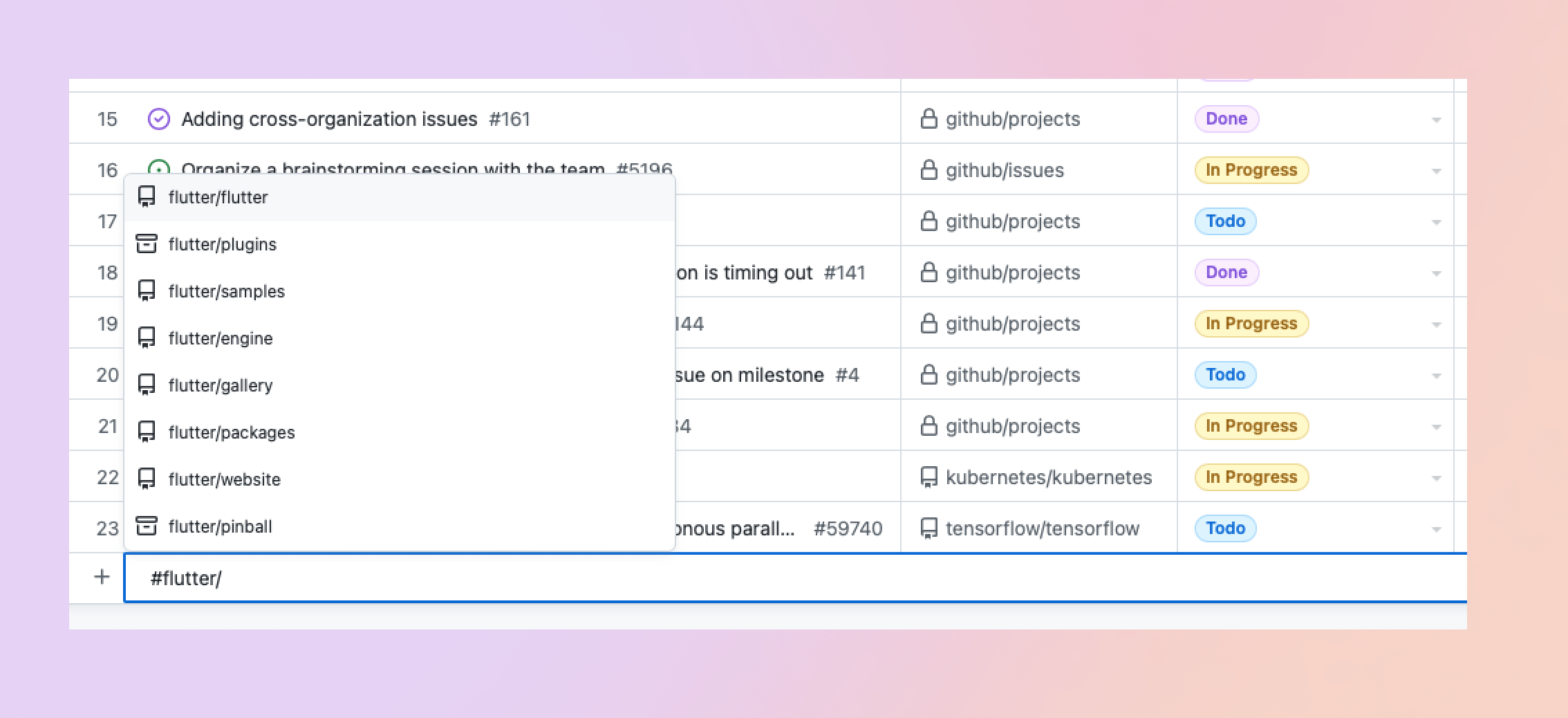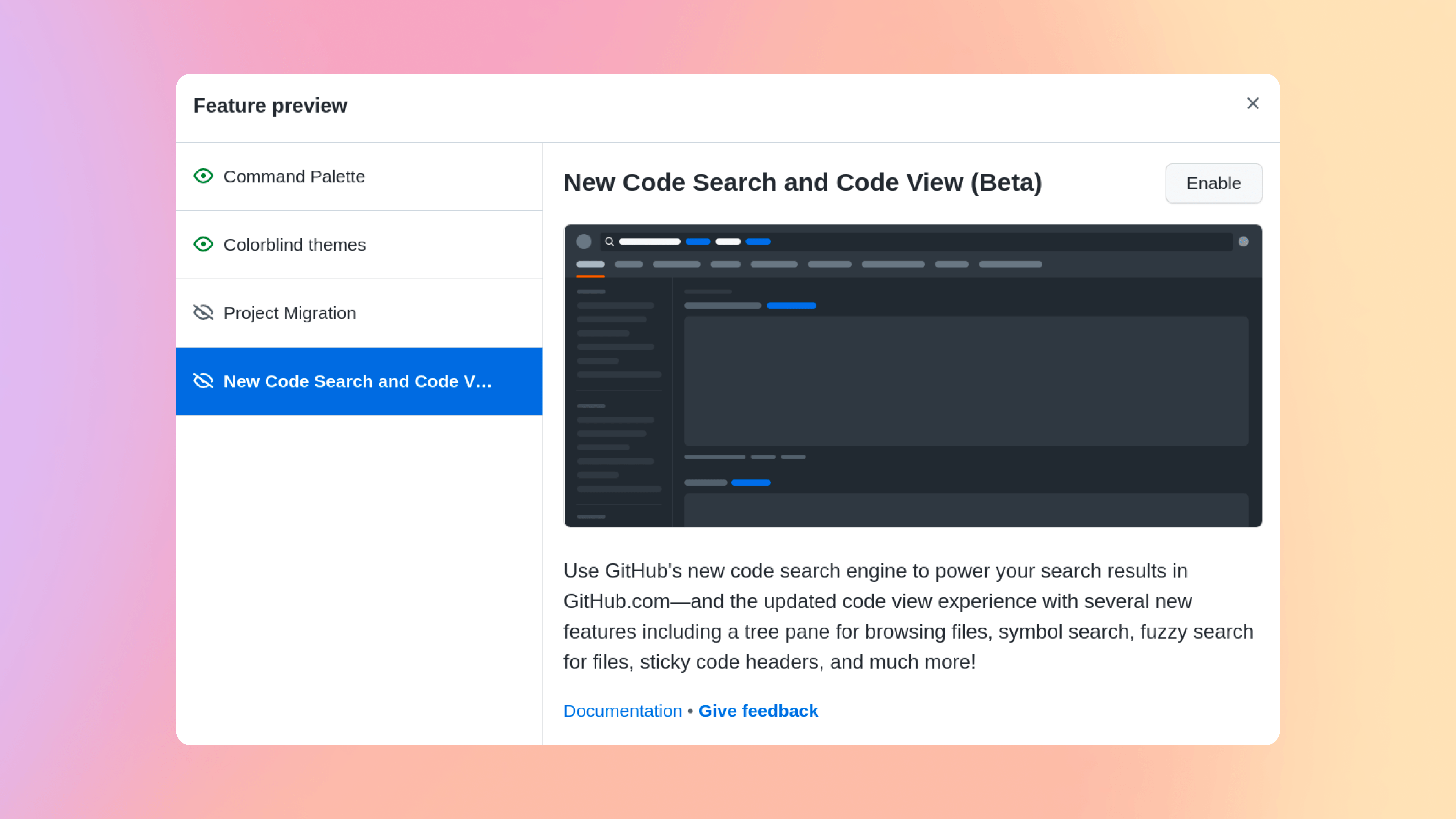Today’s Changelog brings you updates to workflows, roadmaps, our API and makes cross organization projects a breeze!
➕ Automatically add items from multiple repositories
Last month, we shared the latest automation to help you automatically add relevant items to your project! However, if your project pulls from multiple repositories, this wasn’t enough. Today, we’re shipping the ability to create up to 3 copies of the auto-add workflow.
After configuring and enabling the initial auto-add workflow, open the context menu in the workflow list and select Duplicate workflow to create a new auto-add workflow.
Note Multi-repository auto-add is currently only shipped to Enterprise users
🗺 Reordering roadmap items
Alongside sorting your roadmap items by a field to organize your view, you can now reorder your items by dragging and dropping them in the table. Quickly make adjustments to the ordering of your items or move them to a different group altogether with the new drag-and-drop functionality.
↔️ Add cross-organization issues and pull requests to Projects
We’ve made it easier to use Projects across different organizations, previously this required pasting URLs to a project directly. With this improvement you can:
- Search within different organizations for issues or pull requests directly from the omnibar. Just hit
#followed by the organization name and a/to start searching within that organization. - Add items via the existing GraphQL API endpoint,
addProjectV2ItemById, which will now accept an Issue or Pull Request from a different organization when adding to a Project.

📊 Projects GraphQL API improvements
We’ve released new endpoints to our Projects GraphQL API providing the ability to create new projects, create project fields and delete project fields. Check out the docs below to find out more:
createProjectV2Field: https://docs.github.com/en/graphql/reference/mutations#createprojectv2fielddeleteProjectV2Field: https://docs.github.com/en/graphql/reference/mutations#deleteprojectv2fielddeleteProjectV2: https://docs.github.com/en/graphql/reference/mutations#deleteprojectv2
✨ Bug fixes and improvements
- Fixed a focus problem which caused the page to ‘jump’ when scrolling immediately after posting an issue comment.
- Resolved a problem stopping
TGZfile uploads working on Safari and Firefox. - Fixed file upload failures in Issue Forms when focus was quickly switched between markdown editors.
- Fixed a bug where closed iterations couldn’t have their dates changed into the future
- Fixed a minor bug where View tab width was incorrect when zoomed in
- Fixed a small visual bug for Beta workflows where the pill was off-center
See how to use GitHub for project planning with GitHub issues, check out what’s on the roadmap, and learn more in the docs.
